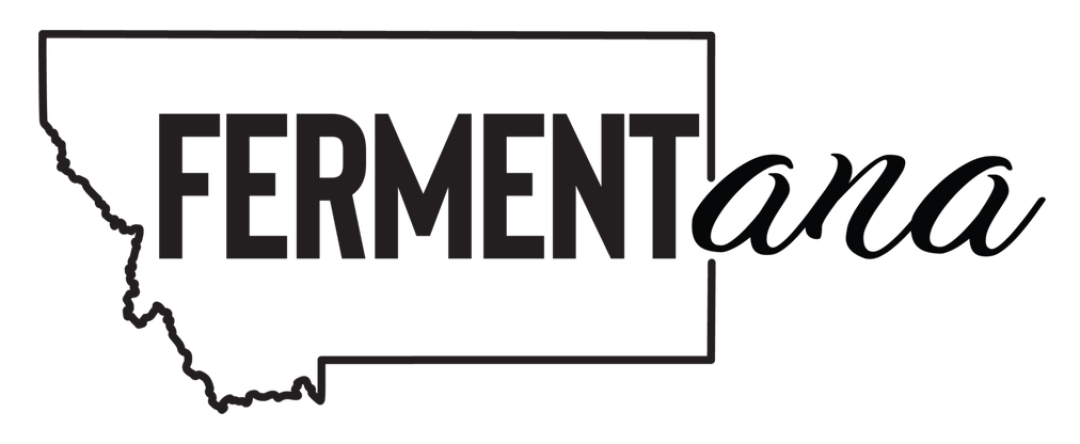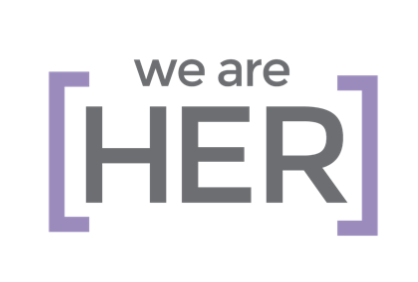Program for students with intellectual and developmental disabilities opens at MSU
Joan Milkovich had been searching for colleges that would be a good fit for her son Jack, who has learning disabilities, but she couldn’t picture sending him to one outside of Montana.
“I had been dreaming of programs for him, but they were all so far away,” she said. “I wasn’t quite ready to send him to Maine or Texas.” The Milkovich family lives in Great Falls.
Then, in the spring of 2018, she heard about a new program at Montana State University for students with intellectual and developmental disabilities. Called LIFE Scholars – LIFE stands for Learning Is For Everyone – the program was set to enroll its first group of students in the fall of 2018.
“I felt like it was a miracle,” she said. “Jack had always wanted to go to college. It was his dream. The other miraculous part was he always wanted to be a Bobcat …. This whole thing, the way it came together, there’s no other word I can say except that it was a miracle to our family.”
The MSU LIFE Scholars Program is an inclusive post-secondary experience that opened this fall to its first seven students, according to Christy Sofianek, program director. The program consists of three main components: academics, career development and campus engagement. Students who are enrolled in the program may choose to either audit classes or take them for credit. Students this fall selected courses in meteorology, creative writing, public speaking, horse handling, aviation and tae kwon do, among other subjects, Sofianek said. LIFE Scholars also engage in extra-curricular campus activities and complete an internship in order to develop job skills and explore careers.
LIFE Scholars is a three-year program, but students may complete it in as few as two years or extend it to a maximum of four years. Scholars who successfully complete the program requirements earn a LIFE Scholars certificate and are eligible to participate in the university’s commencement ceremony.
To help support LIFE Scholars, current MSU students serve as peer partners who are matched with individual scholars and meet on a regular basis to offer academic or campus engagement support. Academic peer partners attend classes with LIFE Scholars, while peer partners focused on campus engagement participate in a variety of activities with scholars – anything from having lunch together to attending a sporting event to watching a movie in the Procrastinator Theater. The program also offers monthly events for LIFE Scholars. Recent activities included a pumpkin carving party and zip lining.
“The intent is to support LIFE Scholars in getting engaged in campus life, and to take advantage of getting involved with clubs and activities and being part of the campus community,” Sofianek said.
Joan Milkovich and her husband, David, felt the program was a good fit for their son, who she said had earlier attended both public and private schools in Great Falls and who had benefitted from a combination of tutoring and one-on-one interactions with teachers.
“It was everything we wanted or were hoping to have for Jack,” she said. “Jack was over the moon excited.” He was thrilled to be accepted, she added.
“He was so excited,” she said. “He just felt inside that it was going to be his thing. It was a huge deal.”
And now, approximately three months into the program, Jack Milkovich said it’s going really well.
“I like doing new things,” he said. “I like coming here (to MSU) because I’m a Bobcat fan.”
“My favorite class is intro to speaking because it’s nice to be with nice people,” he added. “I just enjoy doing the presentations.”
He also enjoys meeting with three different peer partners each week, and he said it’s fun to be away from home. While he is a student, Jack is living with extended family in Bozeman. He often gets to campus by taking the Streamline bus.
In the future, Jack looks forward to finding employment as a student worker on campus, perhaps at the bookstore, he said. He also hopes to be able to live in a residence hall on campus someday.
“Then I could be here anytime,” he said, adding that it takes approximately 45 minutes to get to campus by bus. “It wouldn’t take time to get here.”
Joan Milkovich said she hopes that Jack’s experiences at MSU help him to grow academically and prepare him for a career. She also hopes the experiences help him to grow socially and personally.
“College is such a neat time,” she said. “It’s not just about academics. There are other parts of growing up that you learn.
“I really feel this (time at college) will be – maybe in his whole life – the most important four years,” she added. “I couldn’t be happier to have our son in this program.”
Sofianek noted that in order to help customize the program to each student, LIFE Scholars engage in a planning process to gauge where they are in areas such as self-determination, independent living, community engagement, employment and lifelong learning. That process also helps the students to identify what their goals are and to help them move in the direction of their goals, she said.
Sofianek added that the program is very purposeful.
“It’s purposeful in the sense that students are here to learn and gain skills and develop relationships for an outcome,” she said. “That outcome is whatever their individual goals are, but competitive employment is a piece of that, just as it is for any traditional college student.”
And, for her part, Sofianek said it makes sense for MSU to offer the program.
“We are a land-grant university with a mission of access to our community,” she said. “Of course we want to include a wide range of learners in the community.”
Students with intellectual and developmental disabilities who are at least 18, who have completed high school and who have a strong desire to attend college are eligible to apply for the LIFE Scholars program. Individuals who would like to learn more are invited to visit montana.edu/ehhd/lifescholars/ or contact Sofianek at 406-994-3114 or christy.sofianek@montana.edu.








News Comments
Thank you
Open Auditions for Annie
Monday, Sep. 16, 2024
I’m at the Bozeman airport where your painting, “Blowing East” is displayed. It’s absolutely gorgeous! Bravo, Marci!!
The Artists’ Gallery in Bozeman’s Emerson Cultural Center May Exhibits
Sunday, Jun. 30, 2024
This is so typical of a sign in, which we should not have to do to check if we or some one in our party got a permit. I have been working or "creating an account" for 30 minutes and just get the same ...
Smith River permit drawing results available
Sunday, Mar. 10, 2024
I have struggled with this podcast and my own participation therein, the event itself obviously traumatic, but beyond that my inability to reach anyone and convey anything resembling truth. The person ...
Billings, MT Case Becomes True Crime Podcast | 'An Absurd Result'
Marktokarski
Saturday, Jan. 20, 2024